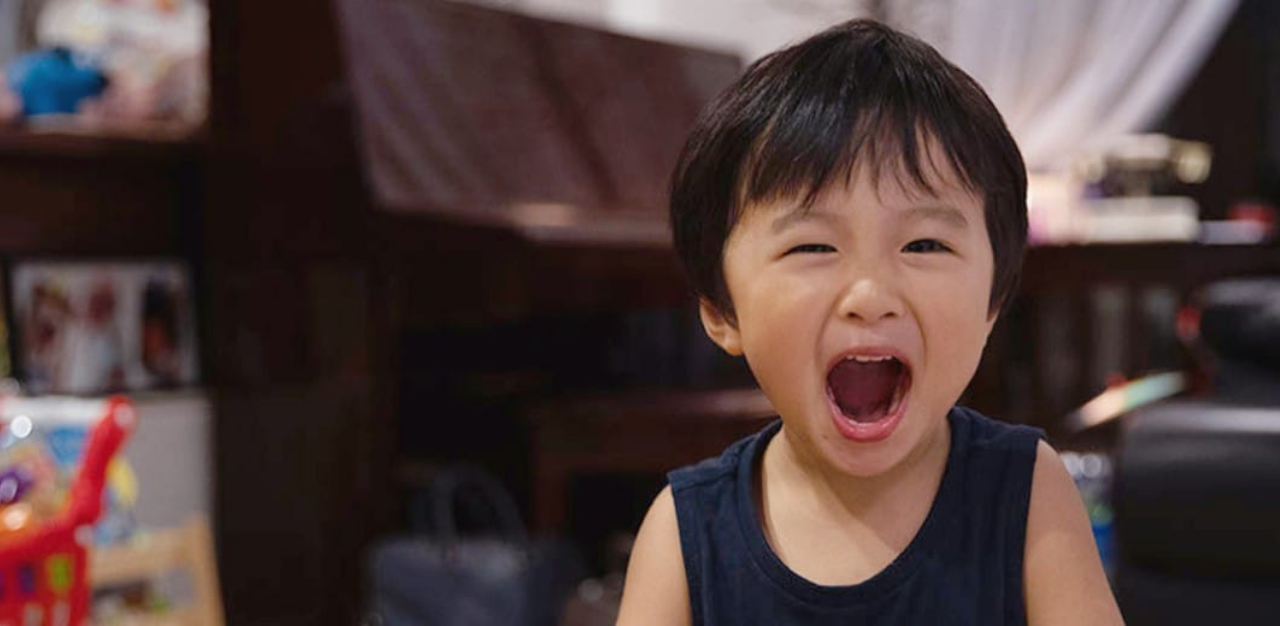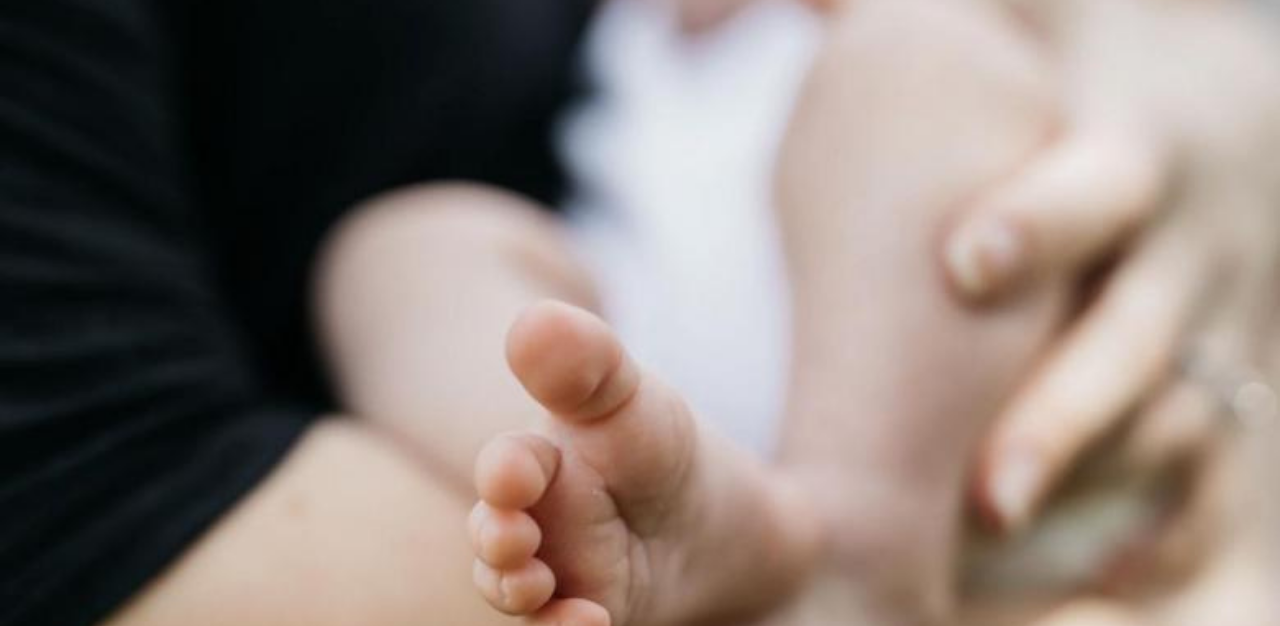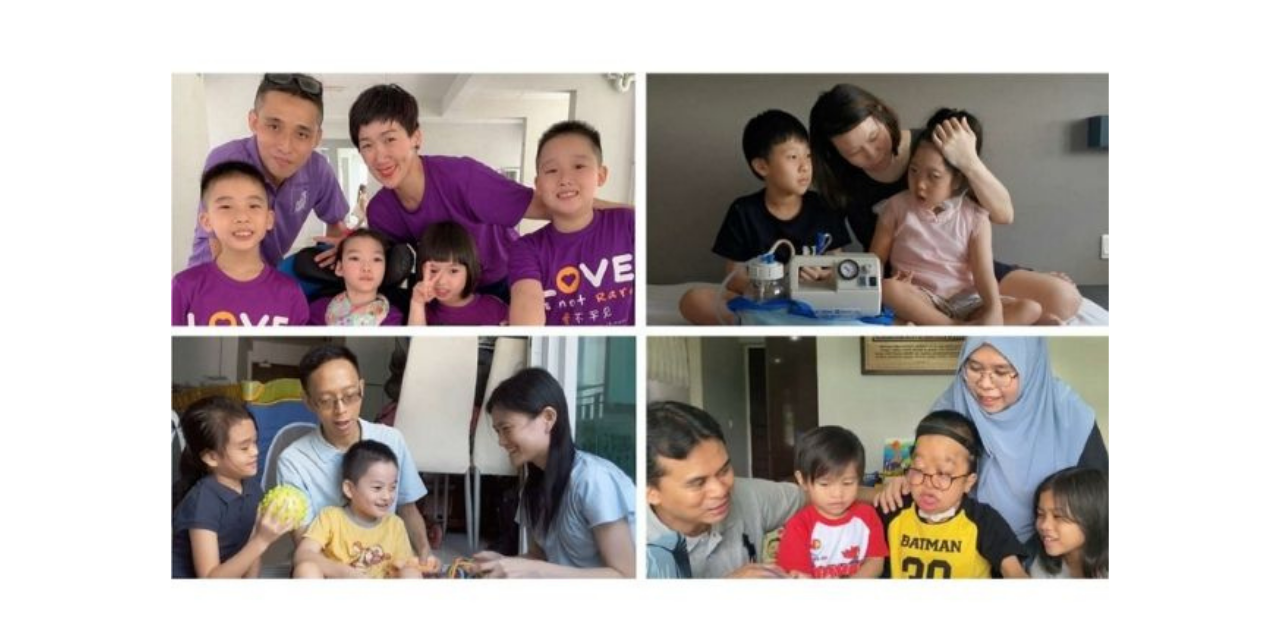There are over 7,000 rare diseases that impact over 300 million people globally and 28 February is designated Rare Disease Day to raise awareness.
In Singapore, there are more than 2,000 rare diseases patients, many of whom are diagnosed from birth or as infants and their medical expenses can run into thousands of dollars each month.

To help these patients, the Ministry of Health (MOH) and SingHealth Fund launched the Rare Disease Fund (RDF) in July 2019 where Singaporeans with five forms of rare diseases can currently turn to for financial aid. These disease are primary bile acid synthesis disorder, Gaucher disease (Type 1 or 3), Hyperphenylalaninaemia due to tetrahydrobiopterin (BH4) deficiency, Pompe Disease, and Mucopolysaccharidosis type VI (MPS VI).
Managed by KK Women’s and Children’s Hospital (KKH) Health Fund, RDF provides long-term financial support for patients with rare diseases requiring treatment with high cost medicines.
But Member of Parliament (MP) for the East Coast GRC Cheryl Chan felt more was needed and she called for increased support for those with rare diseases last August, stating that the Rare Disease Fund (RDF) had only benefitted seven people since it was established in July 2019.
With more than 2,000 Singaporeans living with rare diseases, the Rare Disease Fund seemed limited in its scope and could benefit more patients, she said.
In response, Senior Minister of State for Health Koh Poh Koon said the RDF “supports high cost, life-saving treatments for very rare genetic conditions where the medications have a proven therapeutic efficacy, are able to substantially extend a patient’s lifespan and maintain quality of life as a direct consequence of its use, and are reasonably priced when compared to prices in other countries”. Due to these considerations, the fund excludes treatments for those rare diseases that do not fulfill the above criterias.
Besides the RDF, rare disease patients often seek financial assistance from Rare Disorders Society Singapore (RDSS), a charity initiated by parents of children with Lysosomal Storage Disorder (LSD). The society offers financial assistance through various support schemes such as Medical Intervention Support, Power For Life and Home-based learning and therapy support to over 100 beneficiary families with rare diseases in Singapore.
So are current avenues of financial support enough for children with rare diseases and their families? What about the long-term financial support that is necessary post-treatment, and the assistance caretakers need from dedicating their time and labour to caring for their children with rare diseases?
Caring for a child with rare disease – from despair to acceptance

Ms Francesca Khor, a 38-year-old mother of two, is the caretaker of her younger daughter, three-year-old Ellie who has Tuberous Sclerosis (TSC). Tuberous Sclerosis is a rare genetic multisystem disorder that is typically diagnosed shortly after birth. The disorder can cause a wide range of potential signs and symptoms and is associated with the formation of benign (non-cancerous) tumours in various organ systems of the body. According to the National Institute of Neurological Disorders and Stroke, TSC usually affects the central nervous system and can result in a combination of symptoms including seizures, impaired intellectual development, autism, behavioural problems, skin abnormalities, and kidney disease.
Ms Khor first noticed that Ellie started having white spots on her face and body when she was almost a year-old. When they went to the polyclinic for her 3-month vaccinations in December 2019, the doctor didn’t think the white spots were serious and directed them to the National Skin Centre. However, not convinced that these white spots were harmless, Ms Khor and her husband met with their regular paediatrician at KKH in January 2020 and immediately the paediatrician had her suspicions. Ellie was sent for an ultrasound of the brain, heart, eyes, and abdomen, and it was then that they discovered the benign tumours in her heart and kidneys.
Ellie was officially diagnosed with TSC2 in July 2020 and it took Ms Khor “quite a long time to snap out of the funk”. In September 2020, Ellie started having absence seizures and had to get a suite of MRIs, a PET scan, and a biopsy. For Ms Khor, this was “probably one of the most stressful times of [my and her life]”
Ms Khor says because the disease is rare, her husband and herself have to learn about it from scratch. They have to pick up the medical jargon and lingos to navigate between what they read on the internet and what the doctors say. Oftentimes, she feels a sense of helplessness because she knows there isn’t a cure.
“Apart from caring for the child, it can get fairly exhausting explaining to others what exactly is happening. There’s also a lot of prep work involved, routines to be set, and the constant need for scans and checks that may traumatise young kids [who have] yet to understand [what’s happening to their bodies],” she adds.
The financial cost of treatment and support for children with rare disease

The financial cost for the treatment was hefty. Thankfully, for Ms Khor and Ellie, they are eligible for government grants and subsidies which took a huge sum off hospitalisation costs and treatment fees.
“Each MRI and hospitalisation cost about $4,500 in the C-class ward. The government grant pays for 45 to 48 per cent of the cost, and we fork out the rest in cash or Medisave,” she says.
Because of the uncertainty of the tumours and how they may impact her life, Ms Khor also has to prepare a “separate cash float” to tap into in case of emergencies. However, compared to other families who are caring for a child with a rare disease, Ms Khor says that their medical fees are much lesser than those who rely on machine interventions for daily living, such as those on oxygen machines, feeding tubes, and special therapy.
As the fundraising manager of Rare Disorders Society Singapore (RDSS), Ms Khor feels that financial support for such families can be improved, although she understands that quality medical care comes with a price. In circumstances where procedures like MRIs have to be so frequent, Ms Khor wishes that there could be further subsidies. More grants can also be given to families dealing with rare diseases, including the middle-income households.
Besides, the Rare Disease Fund, according to Ms Khor, is “not all encompassing”.
“It covers only a very limited number of medications and stringent financial checks and eligibility criteria have to be considered,” she says.
Parents of DevDan, who received his Zolgensma treatment for spinal muscular atrophy (SMA) – thanks to public donations towards their fundraising campaign – also says that the Rare Disease Fund can consider having more rare conditions in their policy to assist more families.
“Zolgensma price is a global challenge to many families [caring for a child with SMA],” Dave and Shu Wen say.
A plea for Singapore to approve SMA treatments has also been written by a Singaporean girl with SMA on smanewstoday.com. She stated that “Spinraza and Evrysdi have yet to be fully approved by Singapore’s Ministry of Health and funded by its Rare Disease Fund”.
“In Singapore, Spinraza is currently available only for SMA type 1 infants through a compassionate care program. Evrysdi isn’t available at all. While it’s fantastic that infants who need treatment urgently can receive it here, it’s been devastating to watch my friends abroad who have SMA types 2 and 3 receive both treatments while my friends and I in Singapore are left behind,” she added.
What’s more, the financial cost for managing rare diseases goes beyond paying for treatment and medication. Ms Khor says families have to consider the medical bills incurred for checks, the quality of life post-treatment, and managing long-term, high expenses on the household.
“The struggle of the middle income cohort who have to deal with larger, long-term, medical bills is very real and painful,” she adds.
“Many don’t have the luxury of insurance and are not classified as low enough income for additional subsidies and financial aid”.
More awareness needed for children with rare diseases

For rare disease patients, RDSS is often the organisation and support group they turn to. RDSS has been a platform for parents with a child who has a rare condition to network with one another and share information and resources.
RDSS is currently the only organisation focusing on and supporting rare disease patients in Singapore.
As a non-profit charity organisation, they are not funded by the government in any way. With the help of public donations, they give back to their beneficiaries to help defray some cost while caregiving their child, such as through the Consumable Support Scheme (CSS).
However, RDSS has found it challenging to raise funds to support children with rare diseases. Ms Khor says that it is “harder to draw in that immediate support” as a charity of a smaller scale because people might not know of them. Run solely by parent volunteers, RDSS also does not have an IPC status and thus, does not attract tax exemptions that most donors (individual/corporate) are used to.
“With more funds, an organisation can have more programmes. So it all starts from the accessibility of raising interest in the public to raise funds,” she adds.
Beyond the funding issue, Ms Khor believes that there is also a need for greater awareness for children with rare diseases. Public sentiments need to change and spaces need to be made more accessible to children with special needs.
“It’s all about making a more inclusive place for these kids to live in – from the ways they can travel around, to where they have access to, and to making sure that they don’t feel isolated from society. We’re talking from school to jobs”.
Join the conversations on TheHomeGround Asia’s Facebook and Instagram, and get the latest updates via Telegram.














